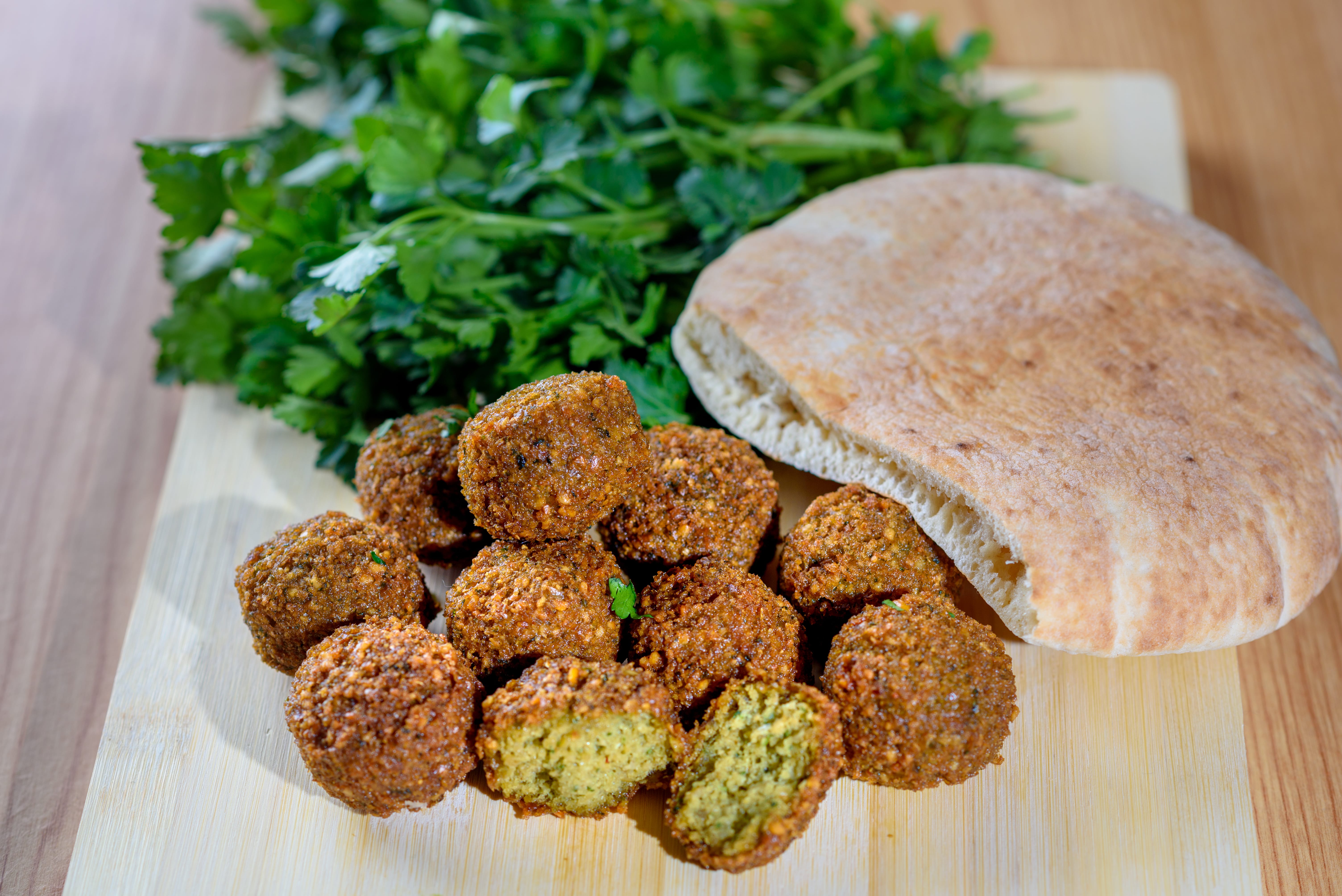History & Heritage
3.11.2020
Who really invented the falafel?

The origin of falafel? The answer is highly debated! Some trace back its creation to the Lebanese while others to the Israelis. But what is really the case? One thing is for certain, this little ball is loaded with history and plenty of surprises! Pierre-Brice Lebrun, gourmet writer and author of the “Petit traité du pois chiche” (translating to the little treaty of the chickpea) published by Le Sureau, reveals the secrets behind this oriental dish that has gained great popularity.
Foodies are devouring it and vegetarians swear by it… Just scroll through your Instagram feed to see the falafel shine. And for good reason, it has conquered the world! From the Rue des Rosiers in Paris to the Beirut stalls and the trendy Brooklyn neighborhoods, falafel can be sampled in a pita bread in its street food version or as part of a colorful mezze assortment. So how did it become so popular and where exactly does it come from? Pierre-Brice Lebrun, an avid gourmet and traveller, unravels the mystery.
The origin of falafel is controversial. So where and when was it born?
It was most likely born in Egypt, 1000 years before Christ. But quite honestly, it’s hard to say! We do know that the Egyptians had beans, that they mastered frying and opted for animal fat when doing so. Another theory suggests that it was invented more specifically by the Coptic Christians of Egypt. They would have chosen the falafel as a viable alternative to meat during Lent, due to its similar appearance to meatballs. It should be remembered, however that many versions of rounded patties throughout the world are of Jewish origin. Jews have throughout history, often by obligation, cooked offal.
Etymologically speaking, the word falafel could come from the word mlaff, which means wrapped, as it is often eaten in a sandwich. In Egypt, it is called ta’miya.

How did this famous ball spread to the Middle East?
The Middle East is a very commercial region, there is a lot of trade, a lot of commercial ports: Alexandria, Gaza, Beirut, Tripoli… The falafel spread thanks to these streams. Not forgetting that chickpeas and beans were present throughout the region. Wars, battles and conquests are also at the origin of its spread. It should also be remembered that Lebanon, Syria, Jordan and Egypt were for a long time one and the same country. First the Byzantine Empire, then the Ottoman Empire.
Does the recipe differ from one region to the next?
The recipe actually varies from one kitchen to another, just like hummus! One could make falafels entirely out of chickpeas or entirely out of beans, and even mix the two. The Lebanese, particularly enjoy adding tahini (sesame puree) to theirs. The resulting mixtures can then seasoned with cumin, flat parsley, coriander, lemon and/or garlic. Depending on the taste, more or less chilli pepper can be added.
In Egypt, mainly beans are used, whereas in Lebanon chickpeas are far more common. Elsewhere, to go-to is a little of both, with varying quantities.

What is the secret to a successful falafel?
Never, truly never, use canned chickpeas. Even if it is more convenient! It’s important to soak dried chickpeas in cold water for 24 hours. Little tip: you can add baking soda to facilitate digestion. Dry them well afterwards. Also make sure you have fresh herbs on hand and good quality oil (peanut or olive). The oil should be boiling and never exceed 180°C.
Thanks to Pierre-Brice Lebrun, food columnist and travel journalist, author of several gourmet books, including the “Petit traité de la boulette” and the “Petit traité du pois chiche” published by Le Sureau.
popular

